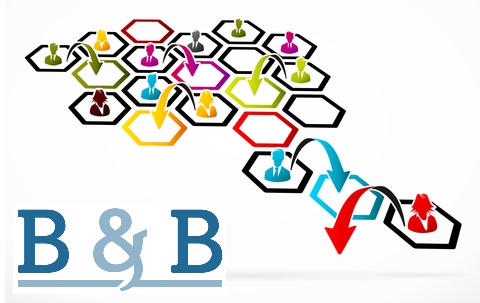Unspoken Interviewing
Friday, August 24, 2018 by julie

Unspoken Interviewing Image, body language and expressions are key messaging events during an interview on both the applicant and hiring authority side. The interview starts while you are waiting for the hiring authority. Receptionists are often asked about their observations. Be professional and exhibit a profile that portrays confidence and calmness.
First impressions are made within 3 minutes of the initial greeting. Three assessments happen quickly: You are measured on attire, posture and hand shake. Making a great entrance and first impression sets the stage. Body language is judged from head to toe. Attire should be conservative; cologne, perfume, jewelry and make-up should be minimized or nonexistent; hair must be well groomed; and shoes polished and stylish.
Whether sitting or standing, your posture projects a level of confidence and engagement in the conversation. If you slump, the interviewer will perceive a lack of confidence and interest. Sitting stiff as a rock implies nervousness and creates an uncomfortable situation for building rapport. Crossing your arms and legs may be interpreted as building a barrier. Sitting at the tip of the chair implies you don’t want to be there. Best sitting posture is straight and displaying your neck, chest and stomach area, a signal that you're open; leaning slightly forward at about a 10% angle sends the silent message that you are interested and involved; and adjusting at a slight angle and using arm movement is best way to emphasize talking points and show interest.
A handshake is an opportunity to establish rapport and positive chemistry. Practicing handshakes is suggested. Handshakes last about three seconds. Palms should be dry. Having an overly aggressive shake can be as offputting as the limp handshake. Never cover the other person's hand with the hand you're not shaking with because it will be interpreted as a sign of domination. Anticipate the handshake and make sure that if you are bringing anything to the interview, that your right hand remains available for the initial greeting and final good-by.
During the interview proper posture is important; proper eye contact and expressions are a differentiator. If the interviewer is talking, you want to be actively listening and that requires direct eye contact. Avoid staring aggressively by blinking at regular intervals and acknowledge comprehension or agreement by small nods. When speaking, hold eye contact for periods of about 10 seconds before looking away briefly and then re-establishing eye contact. Over-using direct eye contact when you are speaking can come across as challenging the interviewer. Smiling, occasional laughter, and showing enthusiasm portray positive qualities that can make a difference. Frowning, showing signs of boredom, or raising your eyebrows will help shorted the interviewing process and often lead to a quick exit.

